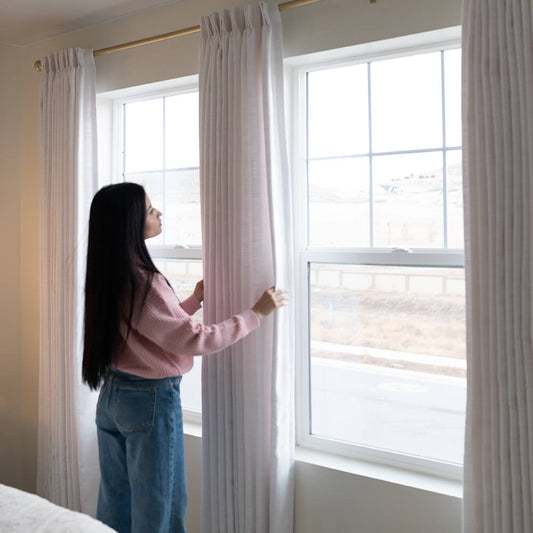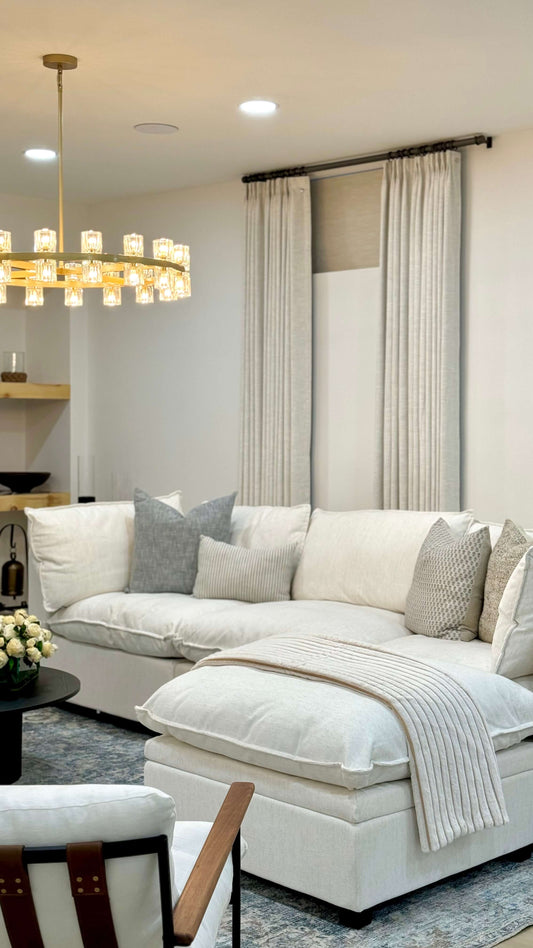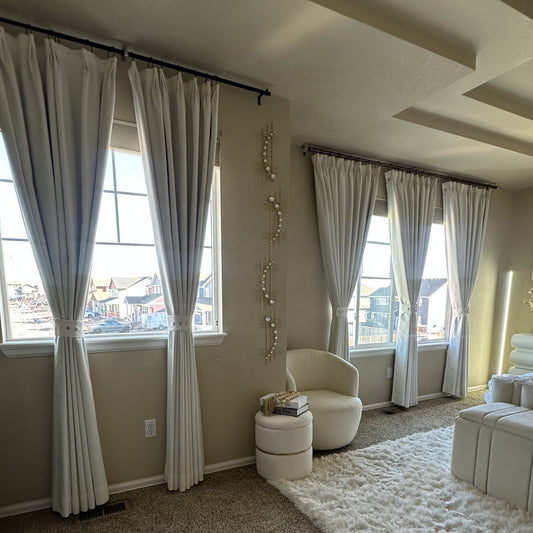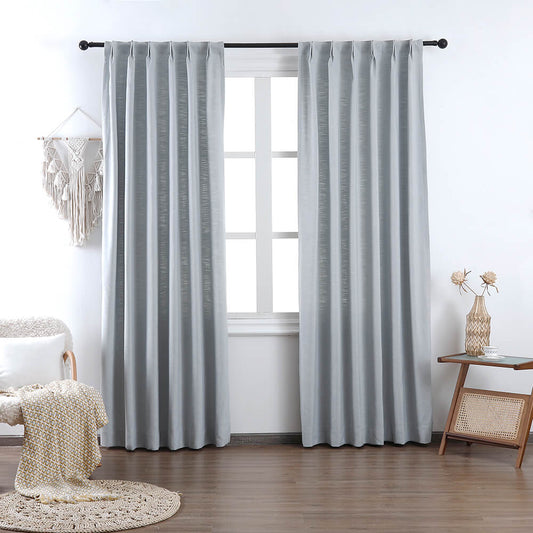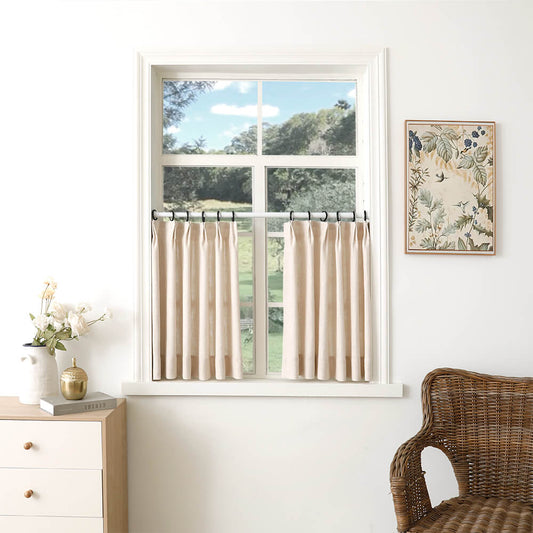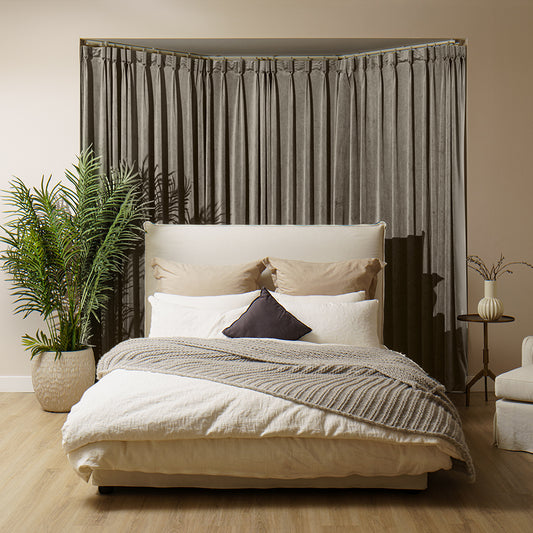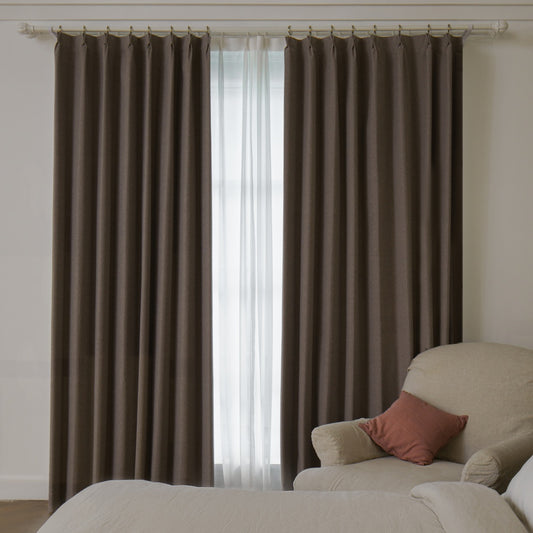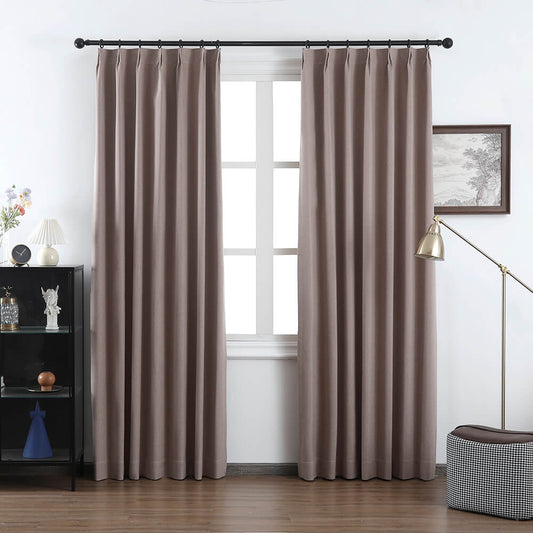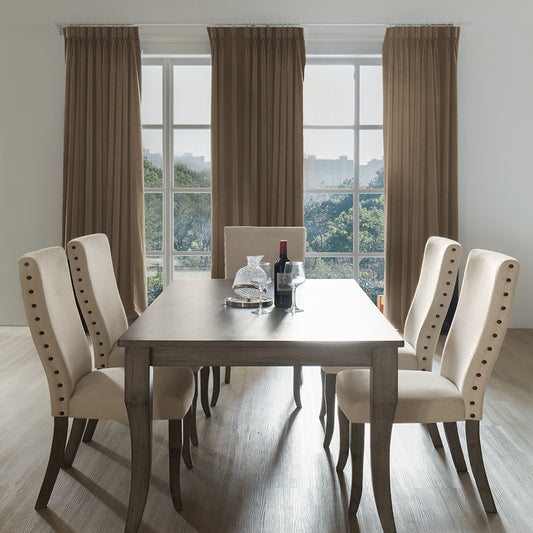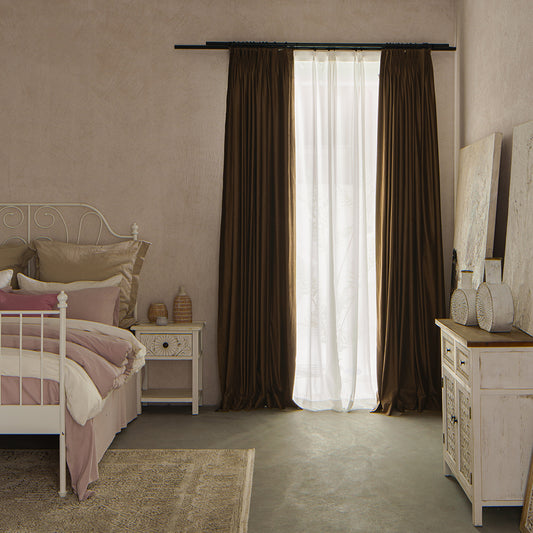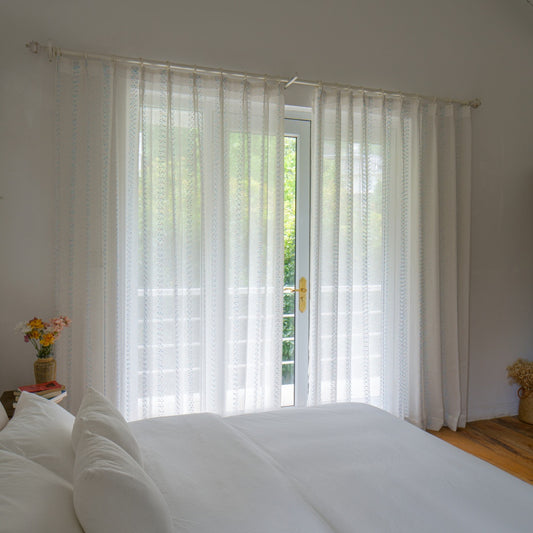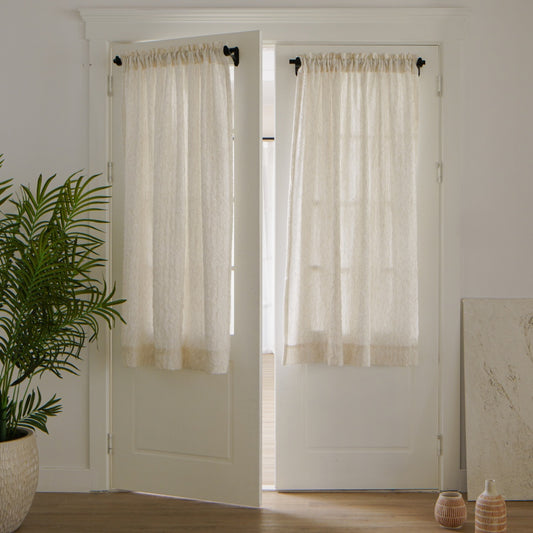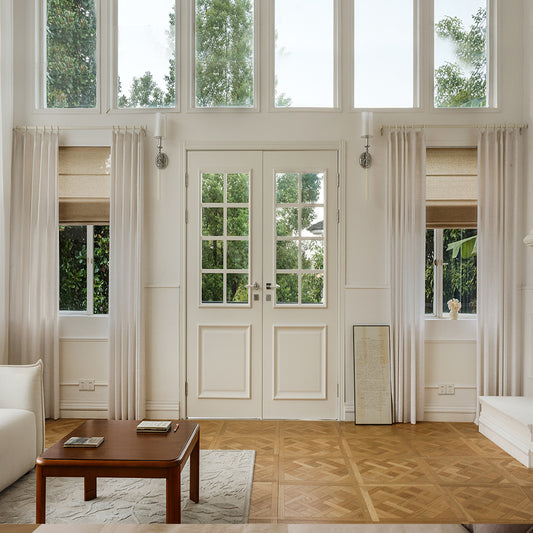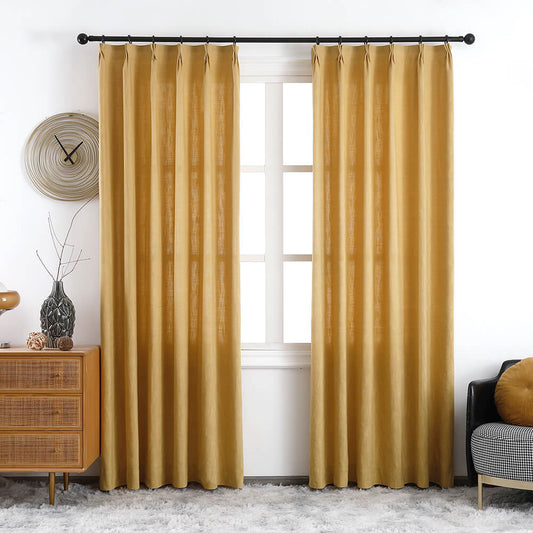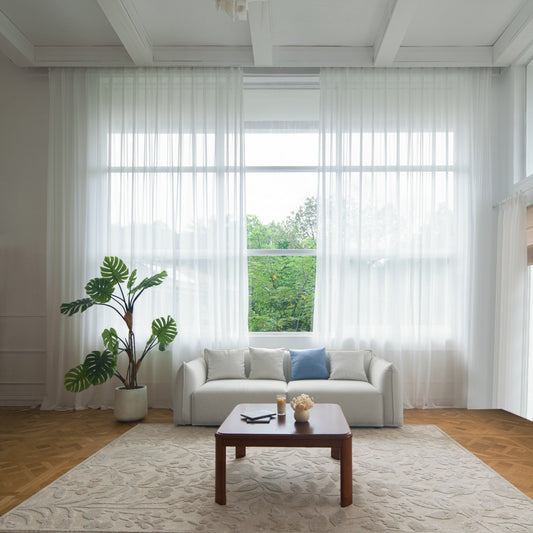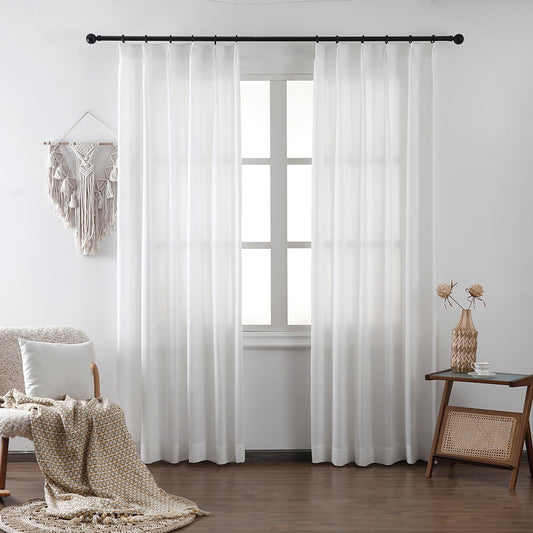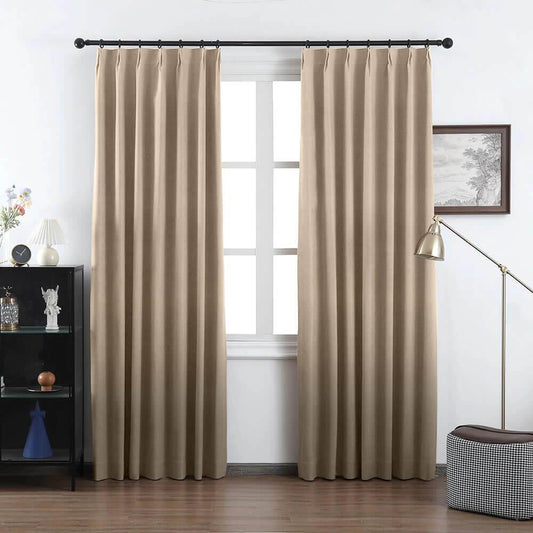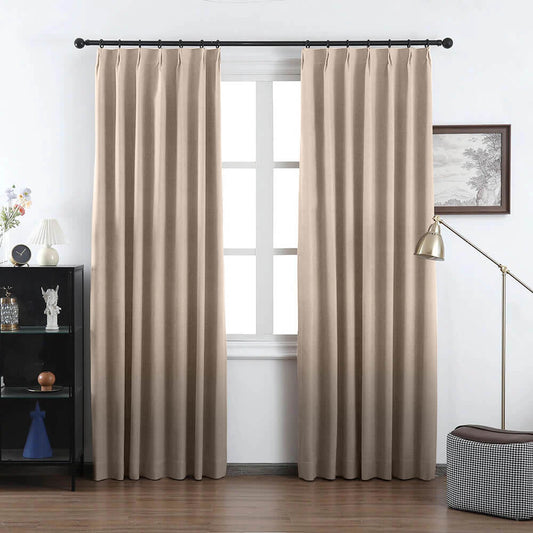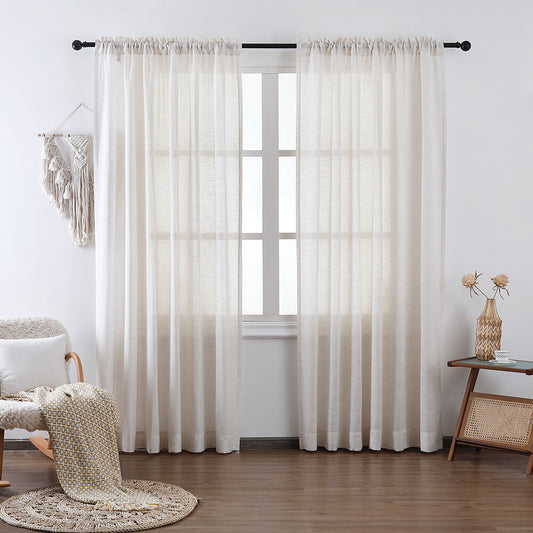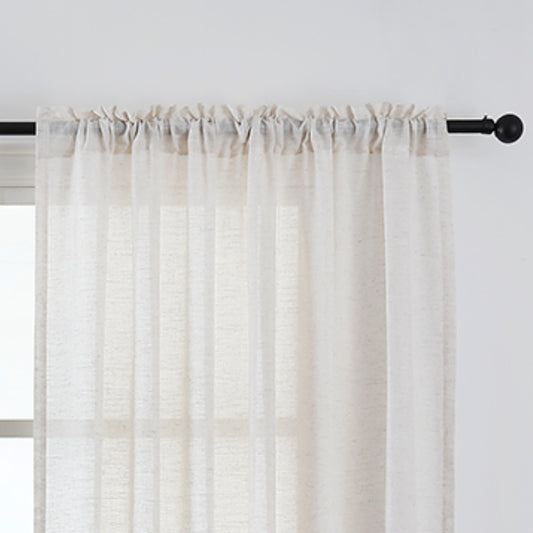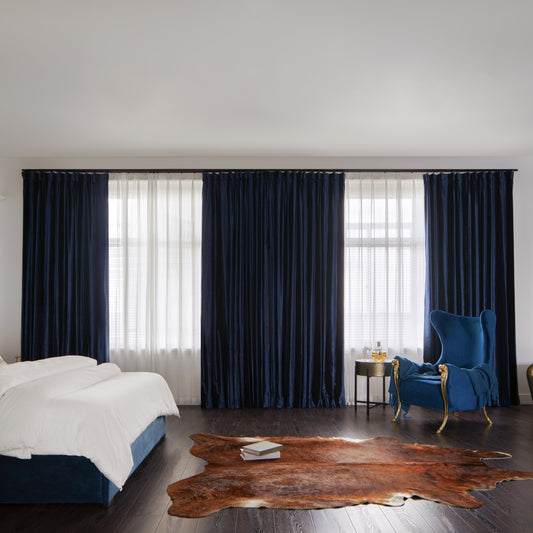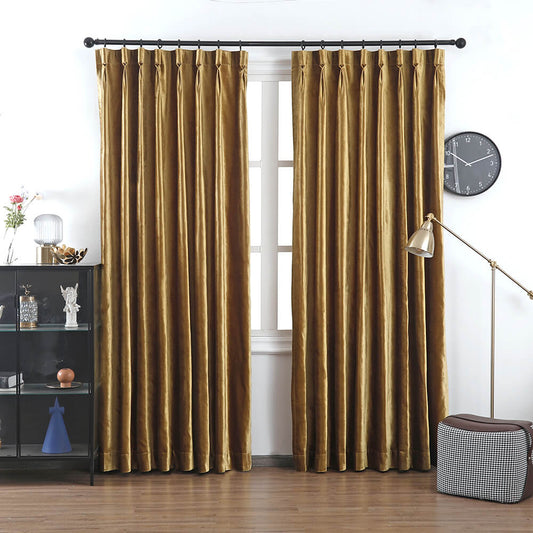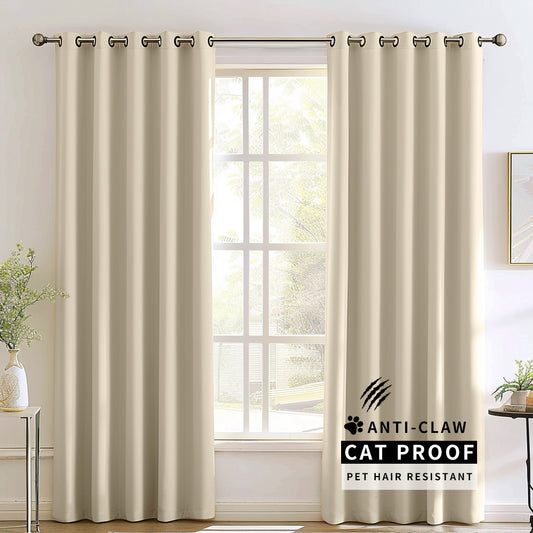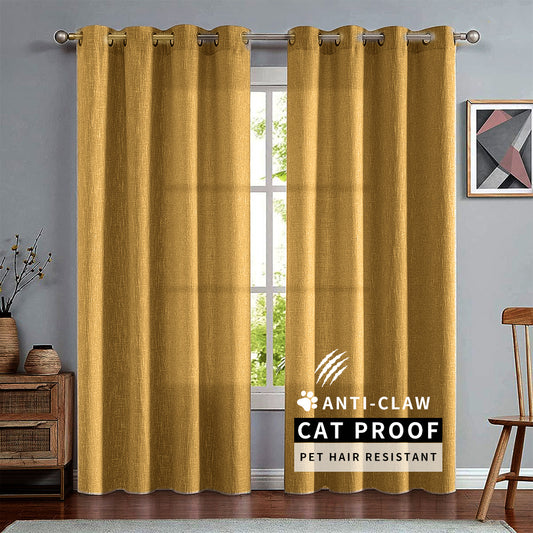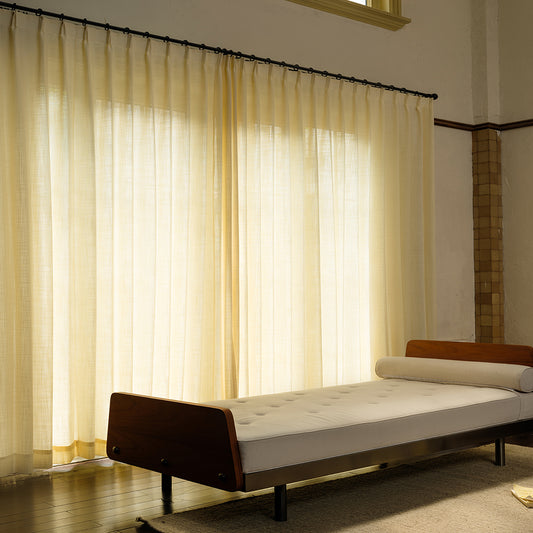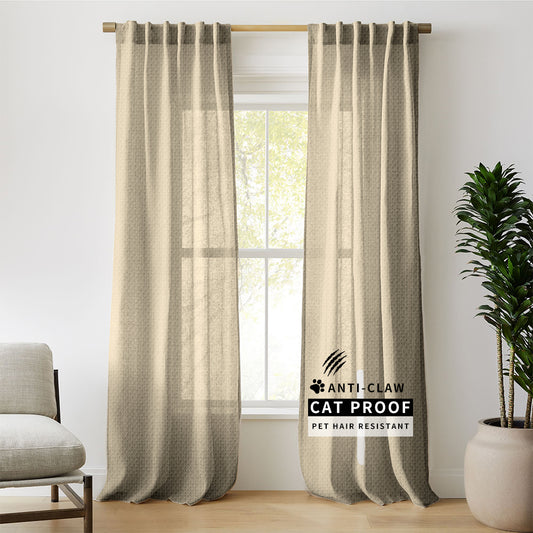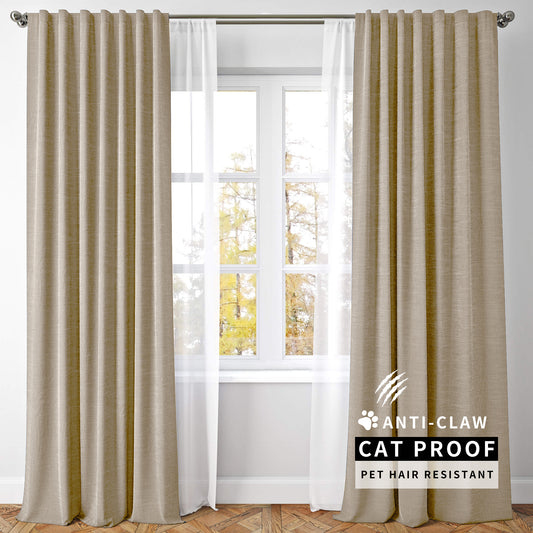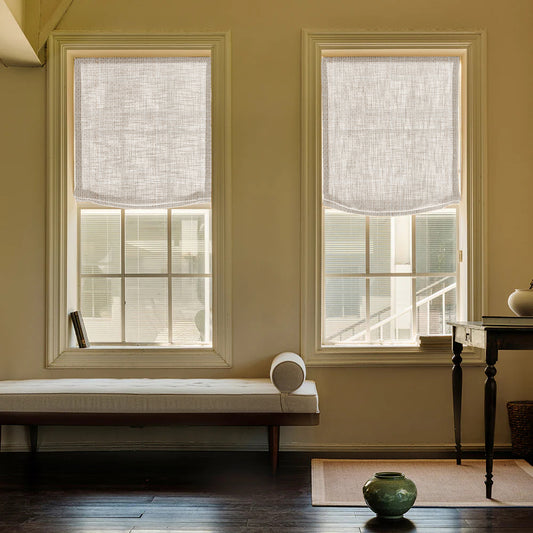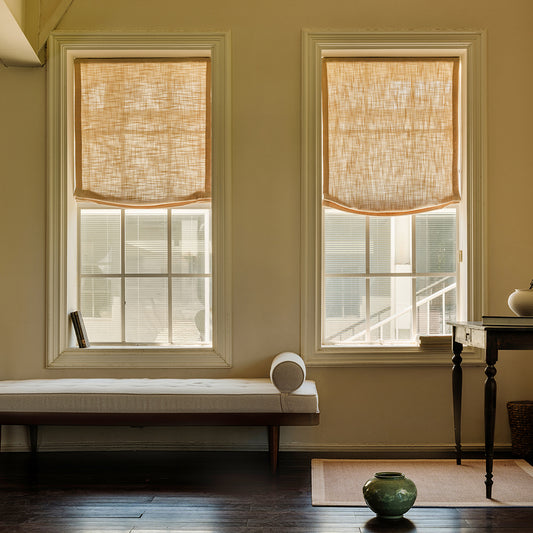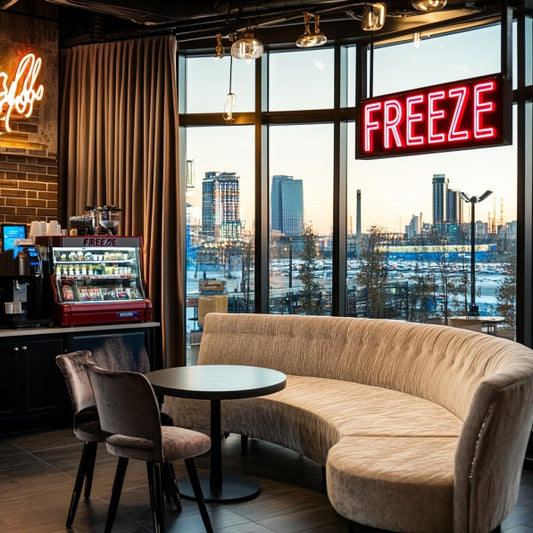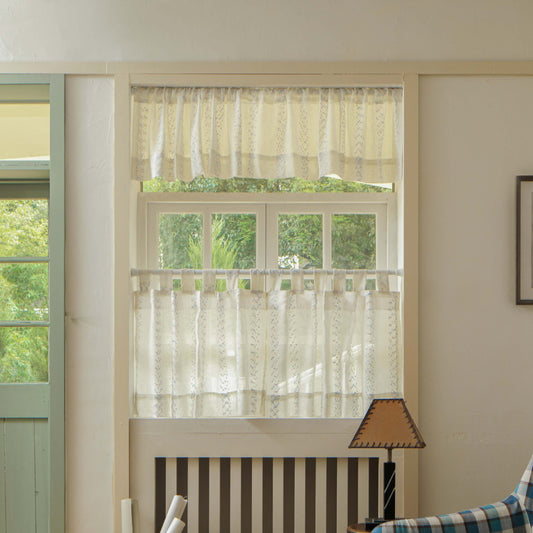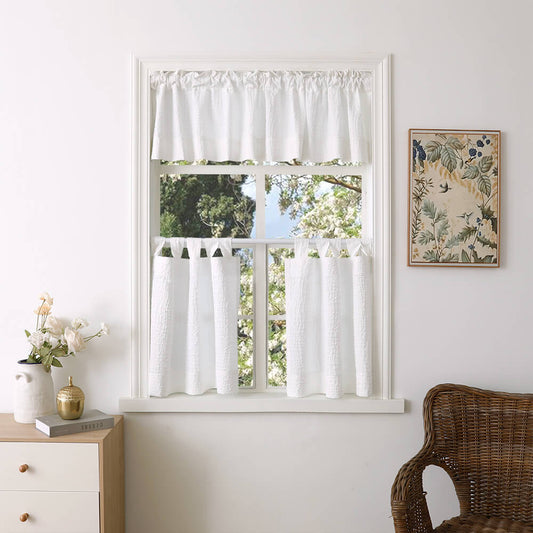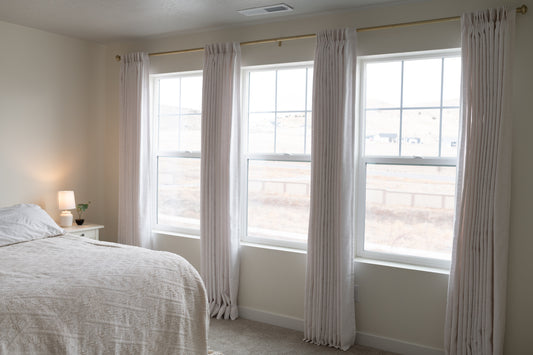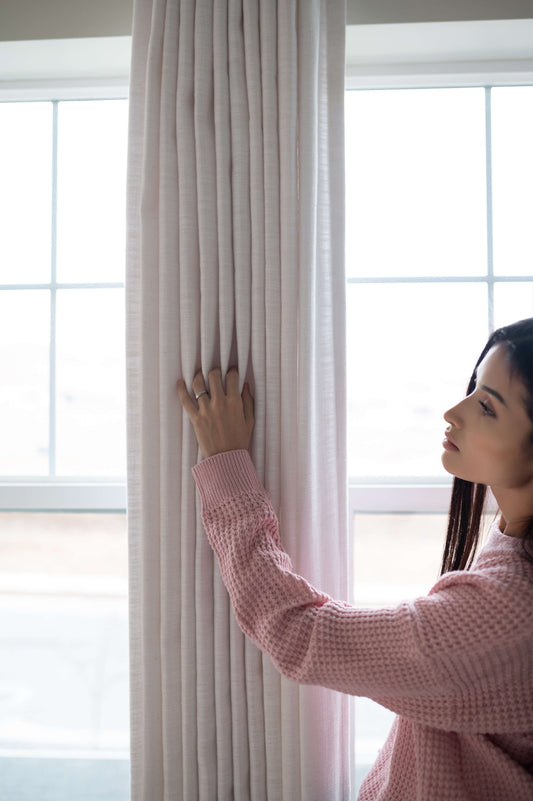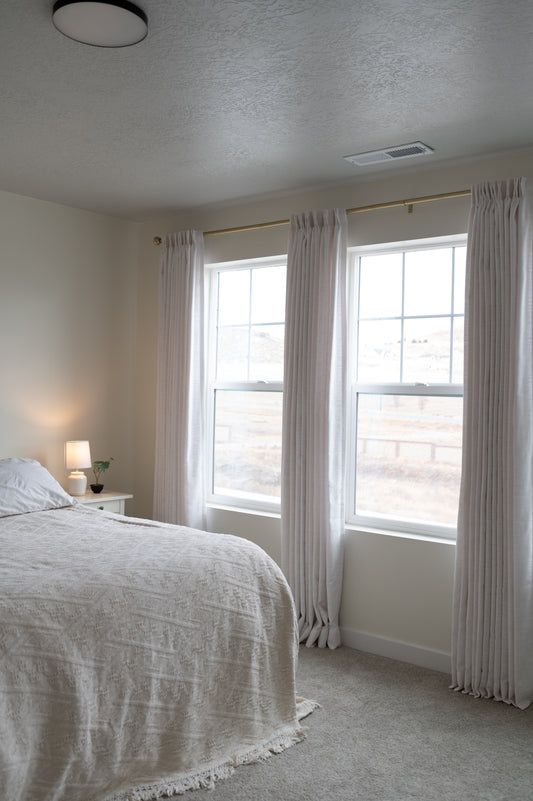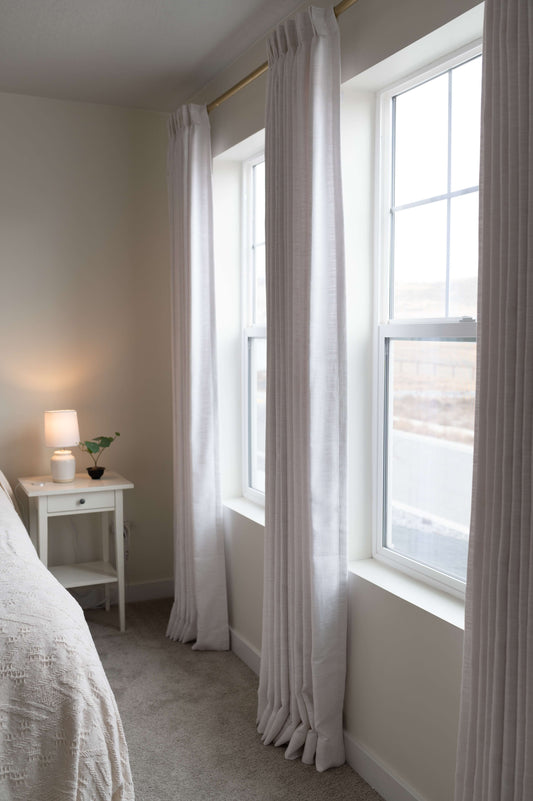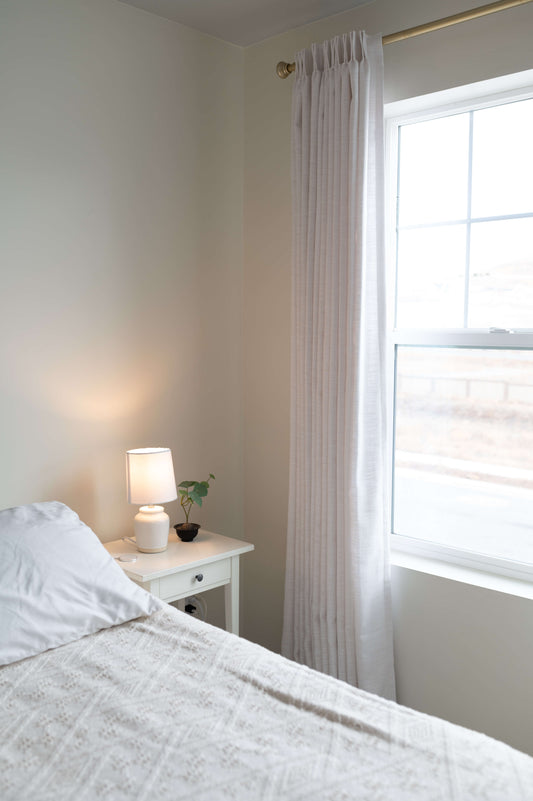How to Meet Safety Regulations with Custom Curtains
Compliance, client confidence, and business expansion depend on you, as a curtain distributor or reseller, making sure your products satisfy safety criteria. Choosing the correct bespoke curtain solutions will help your company stand out with growing rules in environmental effect, child safety, and fire safety. This article will walk over key compliance issues and techniques to make sure your curtains satisfy safety criteria without sacrificing design or utility.

Knowing Safety Guidelines Regarding Curtains
Knowing the main safety rules applicable to various markets is crucial before choosing a bespoke curtain solution. These comprise:
1. Safety Guidelines for Fire:
Many commercial and domestic environments depend critically on fire-resistant materials. Rules including:
NFPA 701 (U.S.) tests the flammability of public place textiles.
Defining flame retardant criteria for drapes and draperies, BS 5867 (U.K.)
EN 13773 (EU) offers flame-retardant fabric categories.
Choose flame-retardant materials or run post-manufacturing procedures to guarantee compliance.
2. Compliance in Child Safety
Particularly for uses in homes and hotels, child safety is quite important. Important rules consist of:
ANSI/WCMA A100.1 and other standards for cord safety limit length and provide for safety devices to prevent strangulation dangers.
Making sure cord includes breakaway devices will help to provide extra security.

3. Environmental and Medical Policies
Customers are progressively seeking non-toxic and environmentally friendly materials. Following certifications including:
OEKO-TEX Standard 100 guarantees that textiles free of hazardous chemicals.
REACH Compliance (EU) controls fabric manufacture's usage of dangerous chemicals.
GREENGUARD Certified guarantees minimum chemical emissions.
Selecting Custom Curtain Solutions That Fit Policies
One should use fire-resistant fabrics.
When selecting custom curtains, give textiles that are naturally flame-retardant or treated top priority in order to comply with fire safety requirements. A few typical components are:
Polyester featuring flame-retardant coatings
Wool, with its intrinsic fire resistance
Specialized treated cotton combinations

2. Use safe design for friendly curtains for children.
Ensuring kid safety compliance is crucial for both home and hotel uses. Think on the following bespoke solutions:
Eliminating cordless designs lowers safety hazards.
Automated choices from motorized curtains help to prevent tangling and provide convenience.
Shortened Cord Lengths: Make sure the cables you need adher to legal guidelines.

3. Choose sustainable, non-toxic materials.
Consumers of nowadays choose environmentally friendly items. When personalizing curtains, decide:
Organic Cotton and Linen: Pesticides and synthetic chemicals free here.
Reducing environmental impact and preserving durability, recycled polyester uses
Water-based dyes enhance air quality and help to avoid dangerous VOC emissions.
Customizing choices to improve appeal and compliance
1. Mold-resistant and antimicrobial coatings
Custom curtains can be treated with anti-bacterial and mold-resistant treatments to improve safety and lifetime in healthcare, hospitality, and humid situations.
Two aspects of UV protection:
Not only does adding UV-blocking coatings or lining to curtains protect interiors, but it also satisfies safety regulations and energy economy.
3. Soundproofing and insulating materials
In commercial environments, acoustic and thermal insulation can help to improve energy efficiency and lower noise levels, therefore enhancing regulatory compliance.
How can one confirm and market compliance to clients?
1. Obtain Certifications and Testing Reports
Ensure all custom curtain solutions are tested and verified by authorized organizations. Keep records to demonstrate compliance.
2. Tell Consumers About Safety Advantages
Emphasize safety aspects of sales pitches, marketing materials, and product descriptions. Provide thorough compliance instructions to comfort purchasers.
3. Collaborate with trustworthy suppliers.
Work with producers that uphold rigorous safety and compliance policies. To guarantee continuing compliance, do frequent audits and inspections.

In summary
Not only is it legal, but also a competitive advantage to guarantee adherence to safety rules in custom curtain solutions. Selecting ecologically responsible, child-safe, and fire-resistant materials improves your product line and fosters client confidence. Work with reliable vendors, keep current on industry standards, and properly market your compliance to draw in additional business and increase yours.
Frequent Questions
1. Which main certifications in fire safety relate to curtains?
Key certifications guarantee textiles meet flammability criteria: NFPA 701 (U.S.), BS 5867 (U.K), and EN 13773 (EU).
2. How might I make sure my curtains are kid-safe?
Choose cordless or motorized designs; employ breakaway safety devices; make sure cords satisfy legal length limitations.
3. Are environmentally friendly curtains in line with safety codes?
Indeed, many environmentally friendly materials including OEKO-TEX-certified fabrics also satisfy health and fire safety criteria.
4. How can I check whether my curtain items follow rules?
Ask manufacturers for certifications; do third-party testing to make sure products fit legal safety criteria.
5. Why would one want to provide compliant curtain solutions?
Compliance builds client confidence, lowers liability risk, and helps your brand to be a consistent, premium supplier.
